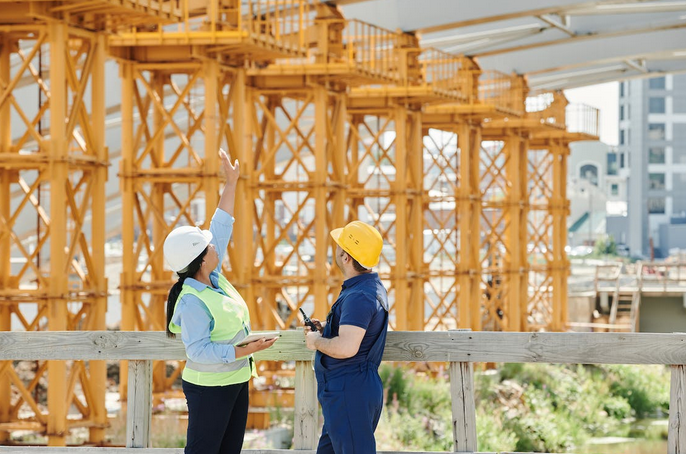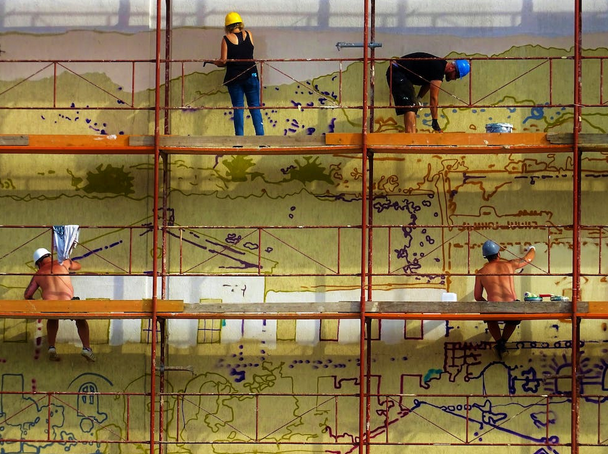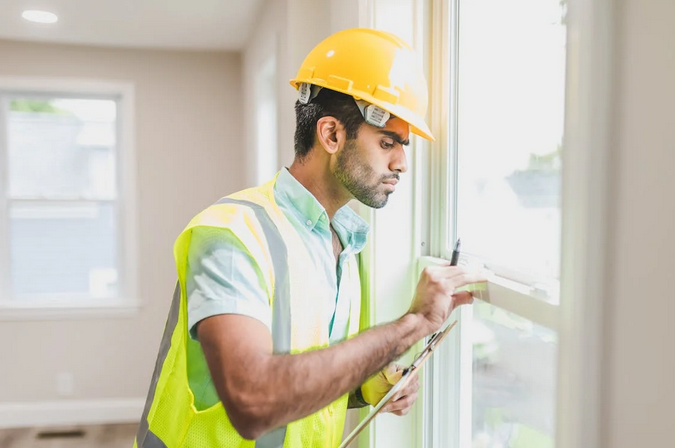Building scaffolding is an essential part of many construction projects. Whether you’re working on a small home renovation or a towering commercial building, ensuring the safety of your workers should always be a top priority. So hiring Superior Scaffolders Auckland can really help.
With that in mind, it’s crucial to understand the four steps involved in constructing scaffolding that guarantees maximum safety on site. Today, we’re going to shed some light on each step of building scaffolding from start to finish.
Build a Solid Foundation
Building a solid foundation is the first and most crucial step in constructing scaffolding. It sets the stage for the entire structure, ensuring stability and support throughout the project. To begin, assess the ground on which you’ll be erecting your scaffold. Look out for any potential hazards, such as loose soil, uneven surfaces, or underground utilities, that could compromise its stability.
Once you’ve cleared the area of any obstacles, it’s time to level and compact the ground using a compactor, ensuring you’ve created a flat and sturdy surface. Next, determine how many base plates are needed for your specific scaffold design. After securing the base plates, attach adjustable screw jacks to each one.
Install the Scaffold Planks
Once you’ve set the base, it’s time to install the platform or scaffold planks. First, these planks should be made of sturdy and durable materials, which usually include steel or aluminum. Once you have the right planks, the next step is proper installation. Start by securing the first plank at a level height with the ground or platform.
Use adjustable supports or brackets to ensure stability. Then, continue adding more planks above each other until you reach your desired working height. Make sure that each plank is securely fastened using appropriate clamps or couplers. Double-checking all connections and tightening any loose bolts is highly recommended before proceeding further.

Include Guard Posts and Rails
When building scaffolding, ensuring safety should always be a top priority. One crucial step in achieving this is by including guard posts and rails. These components play a vital role in preventing accidents and providing support for workers on the scaffold. Guard posts are vertical supports that help stabilize the scaffold and prevent falls from occurring. They are typically placed at regular intervals along the edges of the platform. Guard rails, on the other hand, run horizontally between the guard posts, creating a protective barrier around the work area.
Examine the Scaffold Safety
Next, be sure to examine the safety of scaffolding, as it is paramount to prevent accidents and injuries on construction sites. Before workers step onto the scaffold, a thorough examination must be conducted. This involves checking for any defects or weaknesses that could compromise its stability. Start by inspecting the base structure of the scaffold. Are all components securely connected and level? Next, examine the scaffold planks. Are they in good condition with no cracks or signs of wear? Any damaged planks should be replaced immediately to avoid potential accidents caused by slipping or tripping hazards.
However, even with proper knowledge and execution of these steps, it is paramount to hire professional scaffold builders who are experienced in their field. When looking for the best scaffolders, consider factors such as reputation, qualifications, experience level, customer reviews or testimonials, adherence to regulations, and safety practices.



 One of the most important things you can do to maintain your water filtration system is to clean any debris that may have accumulated on the filters or cartridges. Over time, dirt and sediment can build up on these components, reducing your system’s efficiency. To clean your filters or cartridges, simply remove them from the unit and rinse them off with clean
One of the most important things you can do to maintain your water filtration system is to clean any debris that may have accumulated on the filters or cartridges. Over time, dirt and sediment can build up on these components, reducing your system’s efficiency. To clean your filters or cartridges, simply remove them from the unit and rinse them off with clean 





